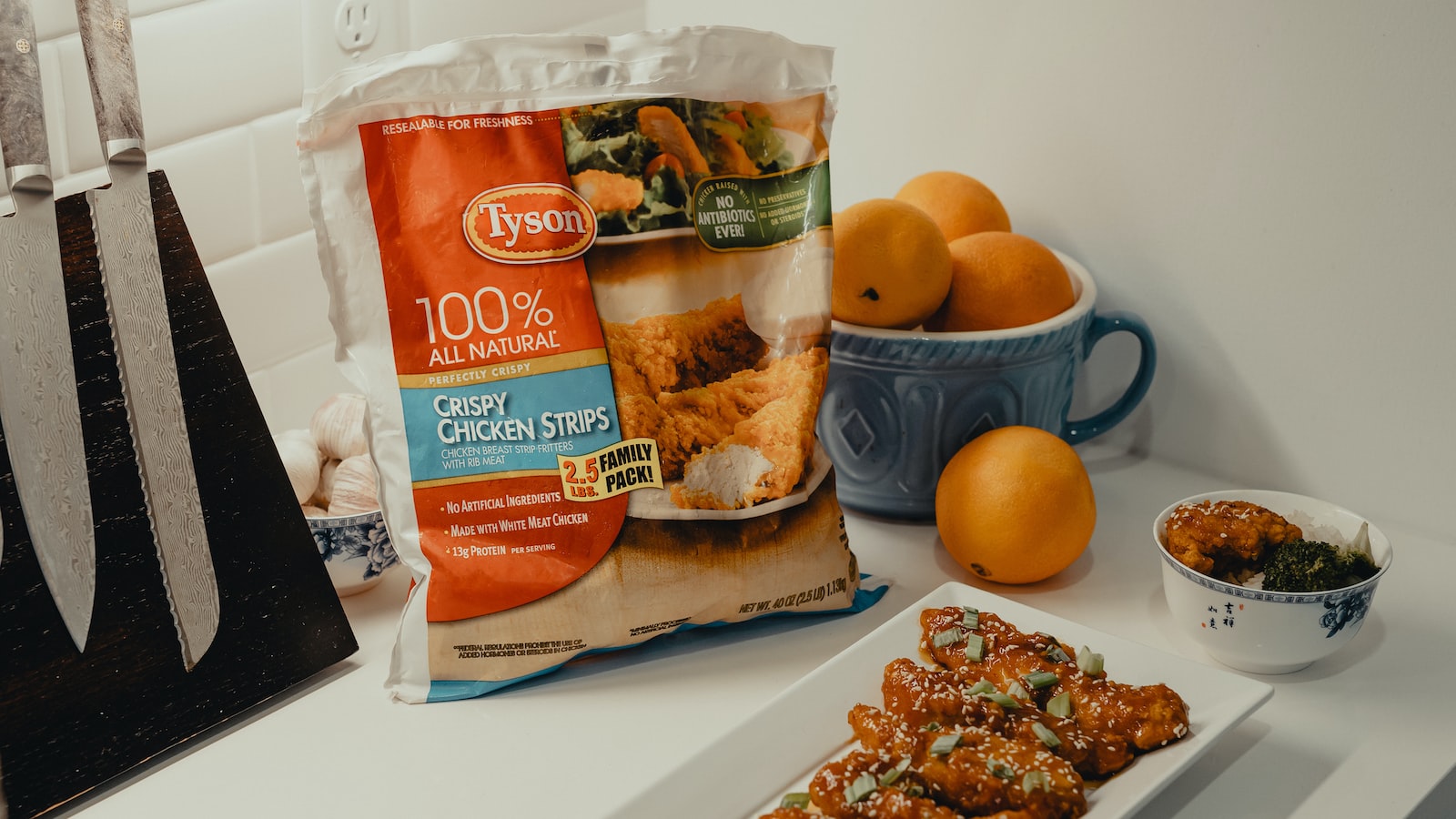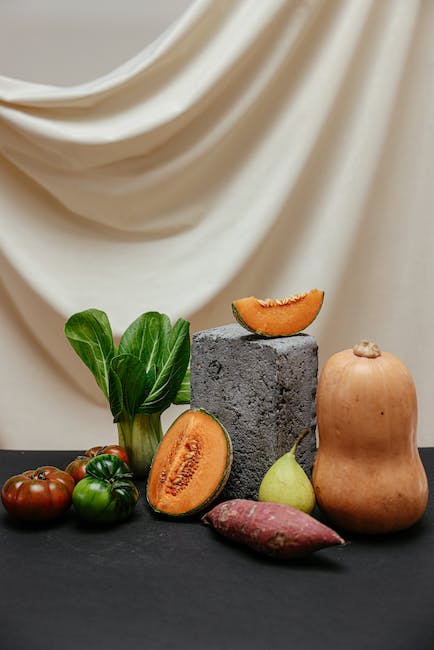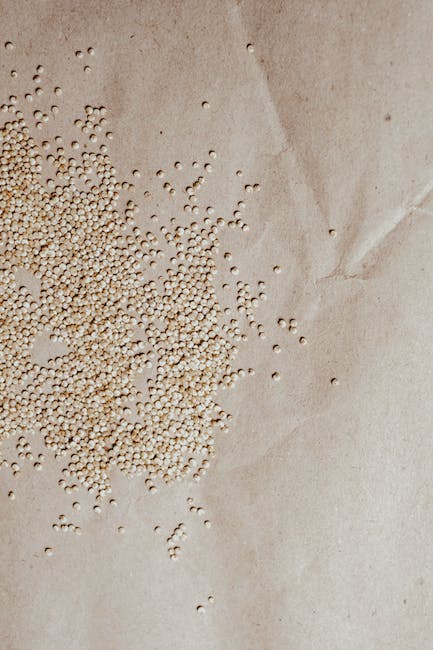You don’t have to sacrifice taste to follow a low-carb diet. Gone are the days where low-carb options meant dry, flavorless choices. It’s now possible to enjoy delicious breads without packing on the carbs. With a bit of inventive baking, you can make low-carb breads that taste great and satisfy your cravings. Here’s everything you need to know about how to achieve big taste with low-carb bread.
1. Reducing the Carbs:
Eating low-carb bread can be a tasty way to get the best of both worlds – cutting back on carbs without sacrificing flavor and texture. We’ve gone side-by-side with some of the most popular wellness bloggers to explore the low-carb bread niche. Here’s what we think you should keep in mind when choosing the tastiest low-carb, or just lower-carb, bread:
Look for Protein and Nutrients:
For the best nutritional bang for your buck, select a bread that has at least 2–5 grams of protein and 1–2 grams of fiber per serving. You should be able to find a bread mix that packs all the goodness you need. Plus, it should also make dough that’s light and flavorful.
Be Mindful of Artificial Flavoring:
When searching for lower-carb bread, it’s a good idea to check the ingredient list for artificial flavors or colors. All-natural bread mixes that take advantage of natural sweeteners such as honey or maple syrup tend to result in a superior flavor.
- Look for options with whole wheat or spelt flour.
- Be cautious of “low-carb white bread” that often has more unhealthy additives.
Experiment with Flour Blends:
If you’re looking for more flavor with low-carb bread, see if the maker offers a range of flour blends. You’ll be surprised to find bread made from oat flour, teff flour, or nut meals like almond and coconut, which all contribute to a more complex flavor and texture.
At the end of the day, you want to choose a bread that fits your lifestyle but doesn’t sacrifice when it comes to flavor. Let us know what your favorite low-carb bread is in the comments!

2. Incorporating Healthy Yet Delicious Ingredients
Cooking nutritious meals for families and friends doesn’t have to be dull or tasteless. With a few simple hacks, you can create meals that are packed with flavor, wholesome, hearty and delicious.
Power up your pantry: Start out by stocking your pantry with the right ingredients. Try incorporating superfoods like quinoa, kale, and spinach into your meals for an extra dose of nourishment and flavor. Add a variety of grains and legumes to your meals to boost the protein content, and scatter in spices and herbs for a flavor kick. Here’s some more ideas:
- Oats – high in soluble fibre, which can help reduce cholesterol levels
- Coconut milk – rich in healthy saturated fats and minerals
- Almonds – full of plenty of protein, healthy unsaturated fats and essential vitamins & minerals.
Experiment with cooking methods: Embrace a variety of cooking methods, like baking, grilling, roasting, steaming, and pressure cooking. You can even try a low-fat version of deep frying, the healthier baking-or-oven-fry method. Any time you prepare a meal, aim for half of your plate to be filled with vegetables and fruits. For the other half, try lean meats and protein-rich grains.

3. Finding Healthy Alternatives to High-Carb Grains
When it comes to staying healthy, there’s nothing wrong with cutting back on high-carb grains. But there’s also no need to drastically reduce the carb intake, as many nutritious alternatives exist. Let’s take a look at some of the best healthy grains to consider in place of traditional ones.
- Quinoa: This gluten-free grain is an ancient superfood that is low in calories, but still high in protein and fiber. It’s also packed with vitamins and minerals, including iron, magnesium, and manganese.
- Buckwheat: This grain-for-all occasions is extremely versatile and can be used in a variety of meals. It’s high in protein, low in carbs, and provides a good dose of manganese.
- Couscous: This tiny grain provides a satisfying, earthy flavor in addition to substantial amounts of protein, fiber, and important vitamins and minerals. It is also low in cholesterol and saturated fat, making it an excellent alternative to processed, high-carb grains.
These are just a few of the many healthy grains that can be used to replace traditional, high-carb grains. And to reap the full benefits of these grains, make sure to cook and eat them properly. For example, quinoa should be boiled, while Buckwheat is best cooked in a pressure cooker or in the oven.
4. Satisfying Your Appetite With Freshly-Baked Low-Carb Bread
Freshly-baked low-carb bread can help you satisfy your cravings without piling on to the carbs! When you think of bread, you typically think of all of those wheat-laden, carb-loaded slices. But today, you can find lots of delicious options that don’t sting the waistline, while still giving you that familiar taste and texture.
Low-carb breads are available in an amazing variety of flavors and textures. From crunchy baguettes to sweet focaccias, you can find loaves to suit anyone’s tastes. Plus, they provide a convenient and tasty way to get your vitamins and minerals from grains, since most are made with whole wheat or other nutrient-packed grains.
Here are some tips to help you make the most of your fresh low-carb loaves:
- Look for a bread that has at least 2g of fiber per serving.
- Try mixing in different spices to give the bread flavor.
- Toasting the bread can bring out some of the nutty flavors.
- Keep an eye out for low-carb breads that are fortified with omega-3 fatty acids.
So, next time you’re in the mood for bread, don’t forget the possibilities of low-carb loaves. You can enjoy delicious freshly-baked treats while keeping carbs in check!
5. Exploring the Benefits of Eating Low-Carb Bread
Gone are the days when enjoying a carb-heavy white bread was a requisite for a hearty sandwich. These days, there are plenty of low-carb bread options available that are just as delicious and bursting with satisfying flavor. Allowing those on a low carb diet to continue to enjoy classic sandwiches, burgers, or simply toasted slices topped with tasty ingredients.
Low-carb bread is a great source of nutrients, vitamins, and minerals. Including heart-healthy monounsaturated fat, fiber, and essential vitamins. Not to mention, the bread is an excellent source of plant-based protein and heart-healthy fats. Eating low-carb bread can make it easier to follow a healthier lifestyle and reach your nutrition or weight loss goals.
- Contains essential vitamins: Low-carb bread provides B vitamins and essential minerals such as calcium, zinc, magnesium, and iron.
- Replaces unhealthy carbohydrates: Low-carb bread offers a way to replace unhealthy carbohydrates and make it easier for those trying to reduce carbs in their diet.
- Promotes healthier eating habits: Eating a slice of low-carb bread as part of a balanced diet can help promote healthier eating habits.
No matter your dietary needs, trying low-carb bread can be an easy way to fit into a healthy lifestyle. Low-carb bread can be found in most grocery stores, or even better, you can try making your own at home. Enjoying a slice of satisfying, low-carb bread alongside a balanced diet can help you reach nutritional goals and promote healthier eating habits.
6. Crafting Your Own Low-Carb Bread for Big Taste & Even Bigger Results!
Are you looking to switch to a lower carb and higher fiber diet but dreading having to give up all of your favorite bread-based snacks? Don’t despair – you can easily craft your own delicious low-carb bread with minimal ingredients. Here are a few of the most popular recipes for making your own tasty and healthy bread at home:
- Cloud Bread – This simple concoction is only made from four ingredients: eggs, cream cheese, cream of tartar and a sweetener of your choice. This bread is light, fluffy and filled with protein. The perfect solution for a flavorful, low-carb sandwich!
- Flax Seed Bread – Flaxseed gives this bread an added boost of healthy fats and fiber, while retaining a light, fluffy texture. The most common recipes just require three ingredients: ground flaxseed meal, baking soda and salt.
- Almond Bread – Almonds are chock full of nutrients, and when mixed with almond meal, coconut flour and eggs, you can create an incredibly healthy, flavorful and low-carb bread that can stand up to all your favorite spreads and toppings.
Best of all, these quick-and-easy recipes are super simple to execute. All you need is your ingredients, a bowl and an oven – so get ready for some tasty homemade bread every single day! With these low-carb recipes, you’ll have no problem curbing your carb cravings while still enjoying all the flavors you love.
Stop depriving yourself of the bread you love! With some ingenuity and a few simple substitutions, you too can enjoy the flavor you crave while sticking to your low-carb diet. Don’t just think outside the box – say hello to healthy, delicious, low-carb bread!
